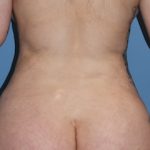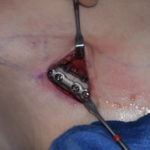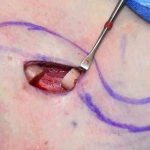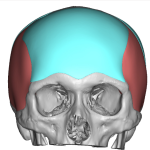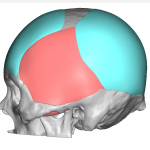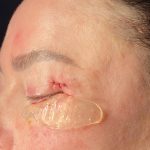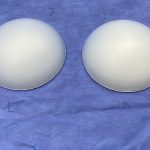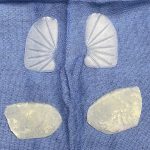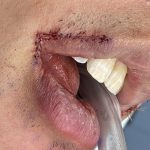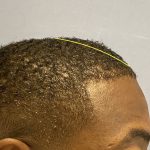Plastic Surgery Case Study – Top of the Head Skull Reduction For Improved Profile Shape
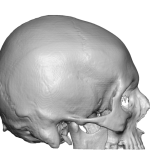
Background: The skull is a collection of numerous bone surfaces all of which are curved or convex. There are five skull surfaces…top, front, back and two sides. Each of these skull surfaces has a unique aesthetic shape to them which are often unappreciated. The back of the head is more rounded while the front of Read More…

